What Wisconsinites Can Do to Lower Heating Bills as Fuel Prices Spike
Households across the state have multiple options for reducing the cost of keeping their homes warm in winter, including direct assistance and incentives for weatherization and efficiency upgrades, depending on income levels.
By Will Cushman
October 21, 2021
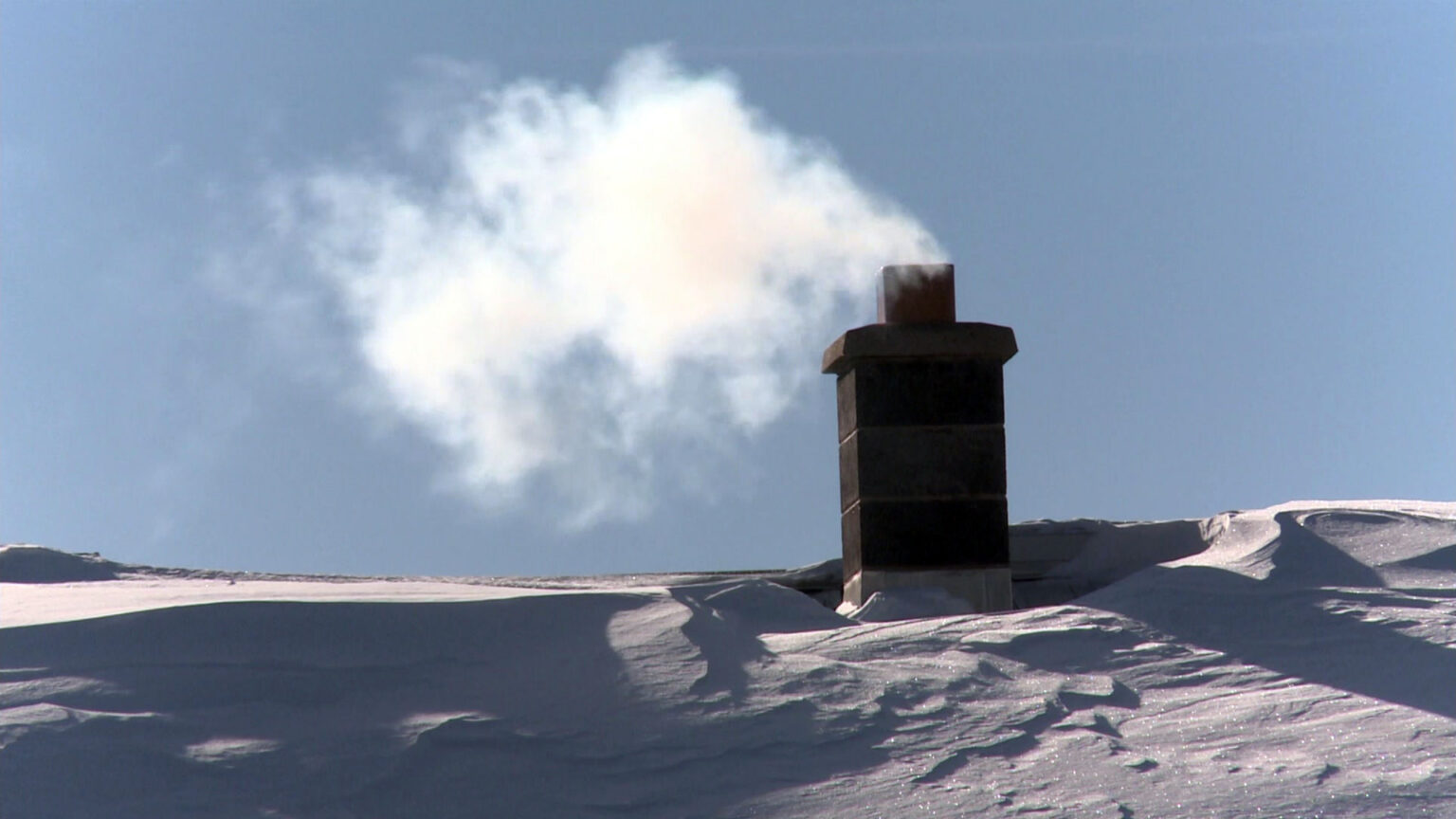
(Credit: PBS Wisconsin)
A spike in fossil fuel prices means most Wisconsinites will face steeply higher bills to keep their homes comfortable come winter. The prices of common heating fuels like natural gas and propane have risen so much in 2021 that households will likely pay more for heat over the winter months than in recent years even if temperatures are milder than usual.
The federal Energy Information Administration forecasts that Midwestern households heated with natural gas will spend on average 45% more for heat than during the 2020-21 winter. Moreover, homes in the Midwest heated with propane will cost on average 69% more to keep warm, according to the agency. More than 1.5 million Wisconsin households, or about two-thirds overall, are heated with natural gas, according to the agency. Another roughly 280,000 households, or about one in eight, are heated with liquid propane, primarily in rural areas.
Unlike a spike in propane prices in 2014, which was precipitated by a major cold snap across North America, the rise in fossil fuel prices in 2021 is a lingering effect of the COVID-19 pandemic. Fossil fuel producers pulled back on production in 2020 as demand plummeted and have struggled to meet demand as it bounced back in 2021.
The rise in prices has Wisconsin’s largest utilities warning customers they should expect monthly heating bills to be on average $25-65 higher than the previous winter. Homes heated with electricity are forecast to see a smaller rise in heating bills over the winter — about 3% higher on average in the Midwest.
Those looking to keep their heating bills as low as possible in winter have a number of potential options, depending on their financial circumstances. These options include low-cost do-it-yourself projects and rebates for installing energy-saving equipment like smart thermostats. Lower-income Wisconsinites can also apply for cash assistance to cover the costs of weatherizing homes and heating bills themselves.
Financial assistance options
Wisconsin households with an annual income at or below 60% of the state’s median level are eligible to apply for a one-time payment to help cover the costs of winter heating bills through the Wisconsin Home Energy Assistance Program, or WHEAP. The federally-funded program is managed by the Wisconsin Department of Administration, which disburses payments through local public and private agencies.
The income level to qualify for assistance depends on the size of a household. A household of one has to have a monthly income not exceeding $2,591.92, or an annual income below $31,103, while a household of eight must bring in less than $6,878.50 monthly or $82,542 annually. Qualifying households can apply for a benefit by calling 1-866-HEATWIS or going to energybenefit.wi.gov. Applicants must provide the date of birth for all household members, proof of income and a heating bill in the name of someone in the household.
Qualifying for the assistance does not guarantee a household will receive a benefit large enough to cover its total heating costs, especially when prices rise more quickly than funding for the assistance. The federal government mandates that states prioritize the finite budget for the most burdened households, meaning those with the biggest gaps between income and heat bills.
Wisconsin determines a household’s heating burden through a few criteria, according to Barb Klug, bureau director of the Department of Administration’s Division of Energy, Housing and Community Resources. Criteria include energy consumption, living space square footage, household size and income.
“It’s a sliding scale,” Klug said. “The folks who are the poorest with the highest energy bill are going to receive the largest benefit.”
The program also prioritizes households with an individual who is elderly or disabled or with a child under six.
But even those who are most in need aren’t going to see the entirety of their winter heat bills covered.
“It’s not intended to cover the whole year,” Klug said. “I wish we had enough funding to do that for folks, but we just don’t.”
Klug said a majority of the program’s beneficiaries are low-income homeowners, and assistance is paid directly to their fuel provider. Renters who pay for heat are also eligible for a benefit, which takes the form of a check to put toward their rent.
The program also funds “crisis benefits” which households can receive in addition to the regular benefit on a case-by-case basis, Klug said. Crisis benefits usually help pay for things like an emergency refill of a liquid propane tank that’s nearly empty.
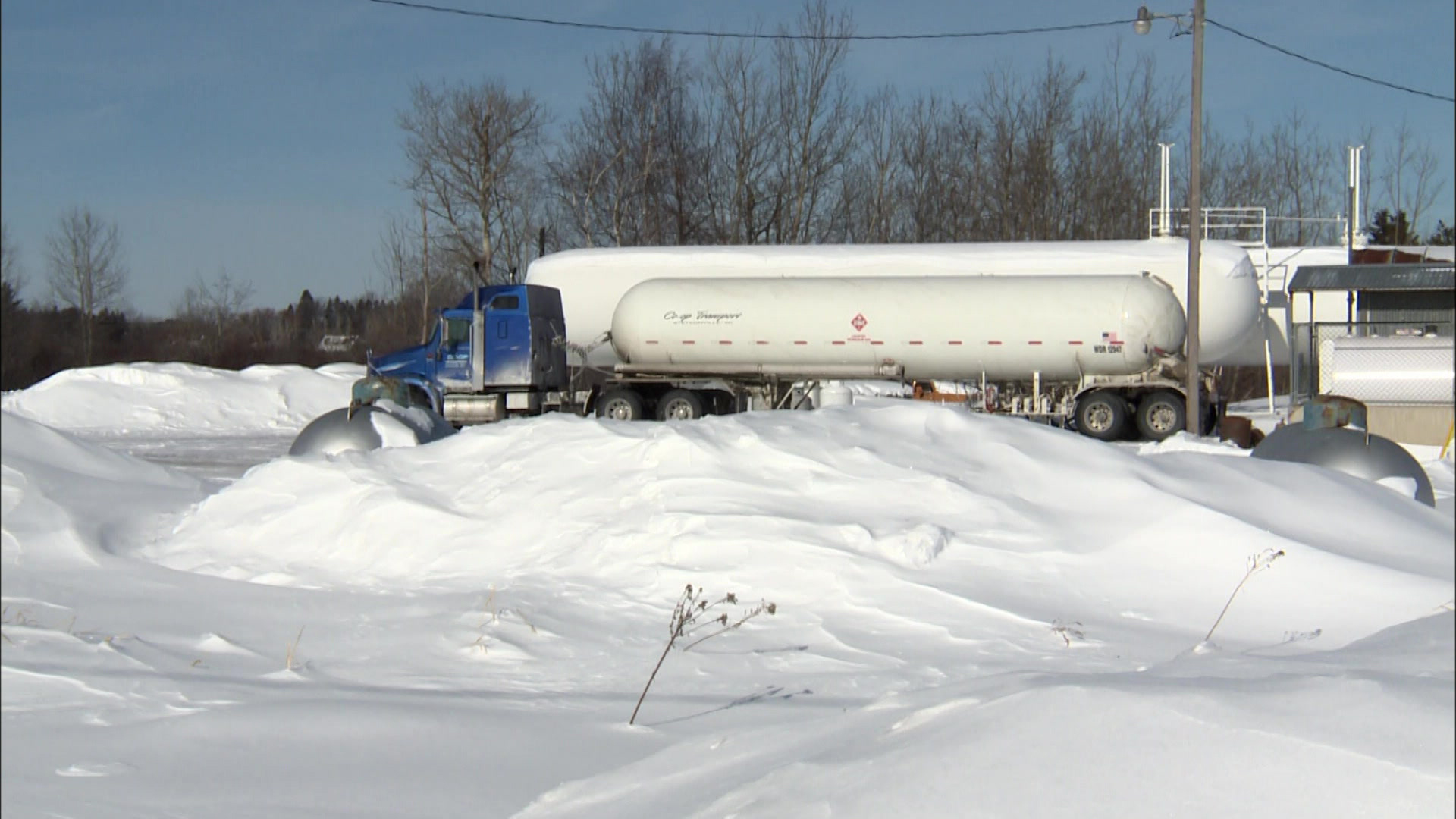
The U.S. Energy Information Administration projects propane to have the highest cost of heating sources in the winter of 2021-22. (Credit: PBS Wisconsin)
About 200,000 Wisconsin households received annual assistance through WHEAP in the 2010s, Klug said. Stresses brought on by the COVID-19 pandemic led to a higher number of applicants in 2020, she said, adding that the state is expecting applications to be even higher in 2021-22 thanks to the higher fuel prices and a winter that’s forecast to be colder than usual in the upper Midwest.
Households that need assistance beyond what’s available through WHEAP can apply for funds from the Keep Wisconsin Warm/Cool Fund, a non-profit organization funded through a mix of charitable donations from utilities, businesses and individuals, as well as public dollars. This fund is intended primarily for people facing an emergency that could lead to them losing heat imminently. A separate fund, called Heat for Heroes, provides assistance for veterans.
Wisconsin households with lower incomes may also qualify for assistance that helps pay for winter weatherization that can help reduce heating bills. The Wisconsin Weatherization Assistance Program is available to those who qualify for heating bill assistance through WHEAP. Eligible households may receive assistance with adding insulation, replacing water heaters, installing energy efficient lighting, or repairing or replacing a furnace or refrigerator.
When public assistance isn’t adequate or available to a household, Klug said the state will often refer individuals in need to a local affiliate of the Salvation Army, United Way or St. Vincent de Paul Society, as well as to local churches.
State law bars utilities from disconnecting heating service between Nov. 1 and April 15 for nonpayment. Utilities in Wisconsin are required to contact customers whose service was disconnected during the warmer months, check their well-being, attempt to negotiate payment plans and inform them of assistance available to avoid disconnection.
Rebates and incentives
There are also a number of opportunities for Wisconsinites at all income levels to reduce their winter heating bills.
Cash incentives to replace or upgrade aging equipment are available through Focus on Energy, a partnership of most of the public utilities in Wisconsin that promotes energy efficiency and renewables. The program and its incentives are funded through ratepayer fees.
Older homes with aging equipment tend to be less efficient, and more expensive, to keep warm in the winter. A range of potential upgrades to make homes more energy-efficient are eligible for incentives.
Eligible upgrades include replacing older thermostats with newer smart thermostats, replacing aging natural gas furnaces with high-efficiency furnaces, and adding insulation to attics, foundations, ductwork and walls. Incentives for all income earners range from $50-750, depending on the equipment, with additional cash available to households at or below 80% of the state median income. For a household of four, that’s $76,619 annually.
Some incentivized upgrades carry a more immediate payoff than others, said Dylan Crye, the manager of Focus on Energy’s residential energy-efficiency programs.
“Smart thermostats are a great place to start,” Crye said. “They’re relatively inexpensive.” On the other hand, replacing a furnace is much more expensive, and the potential savings on heating bills likely won’t be realized for many years.
Installing a smart thermostat is one of several low-cost strategies to reduce heating bills Crye said Wisconsinites should look into as they prepare for winter. Other strategies include lowering the temperature of a hot water heater, sealing cracks around doors and windows and replacing furnace filters on a regular basis.
 Passport
Passport




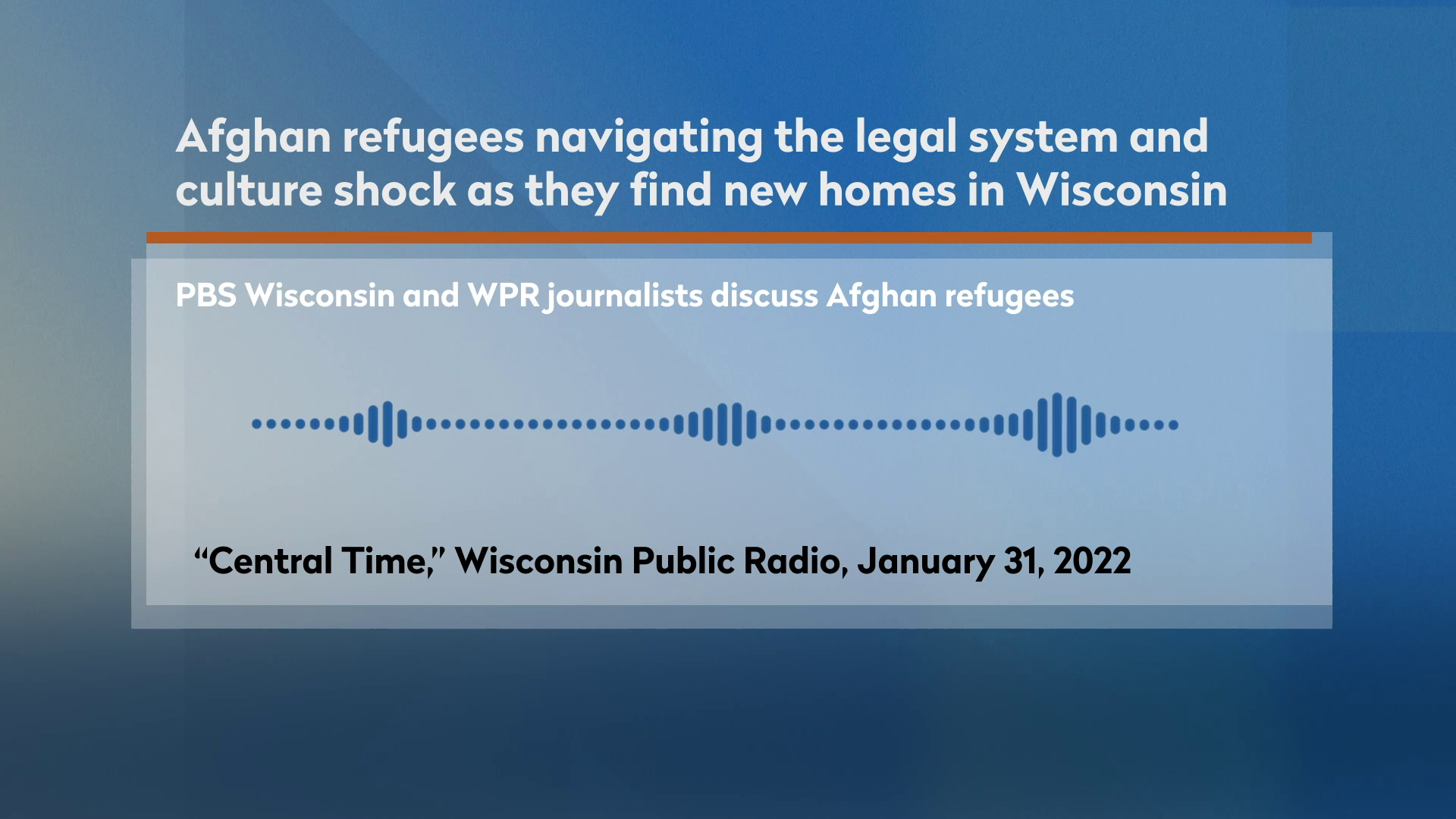

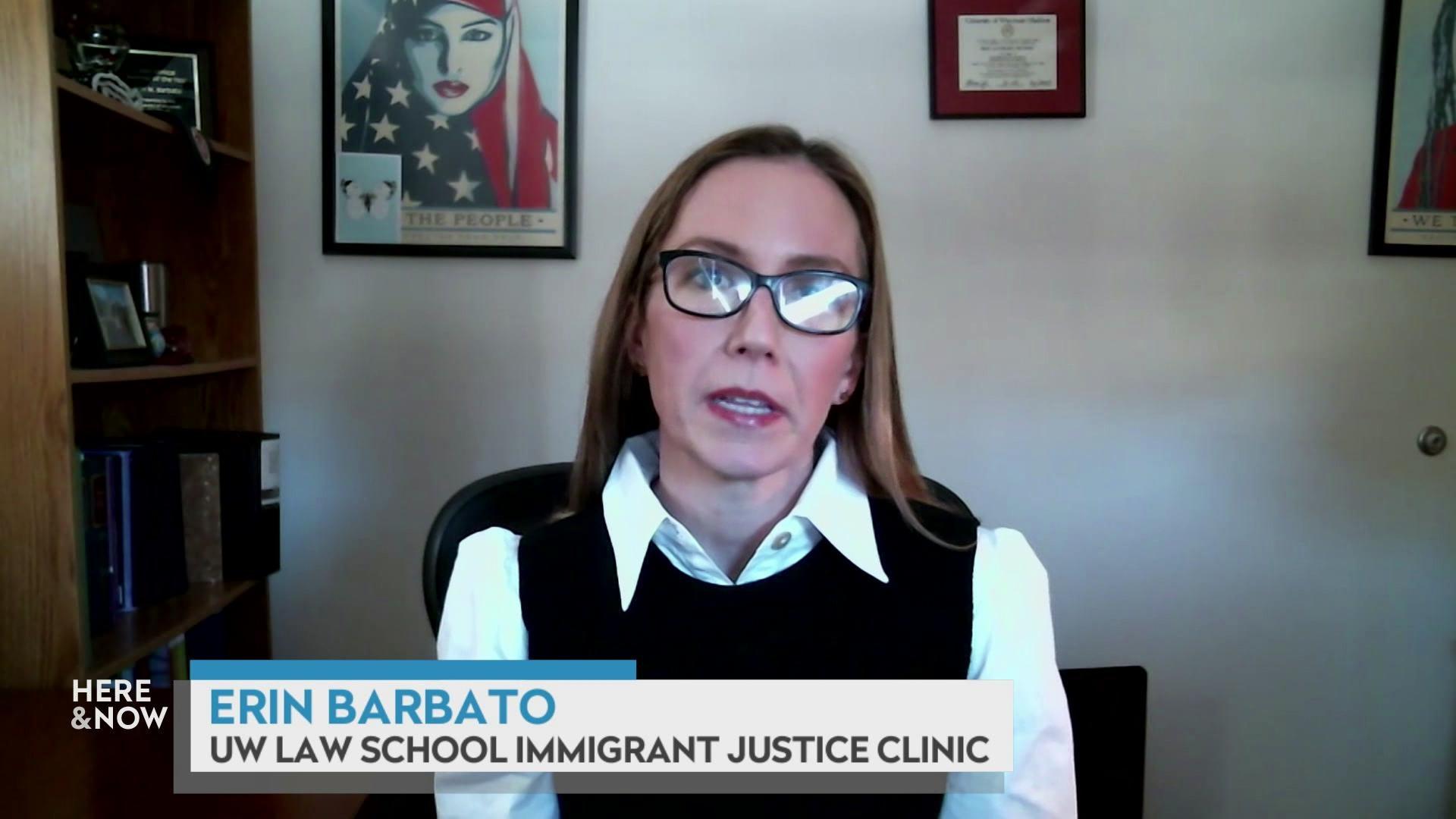
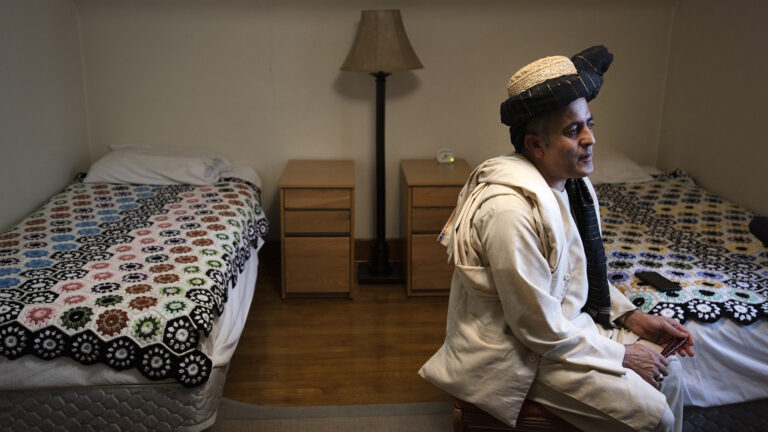
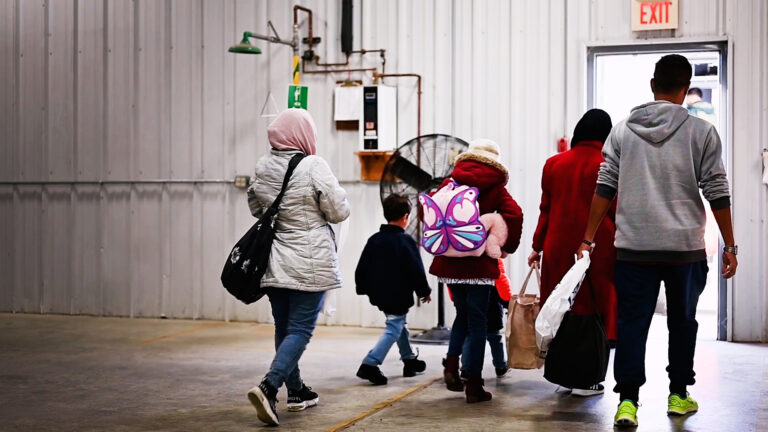


Follow Us